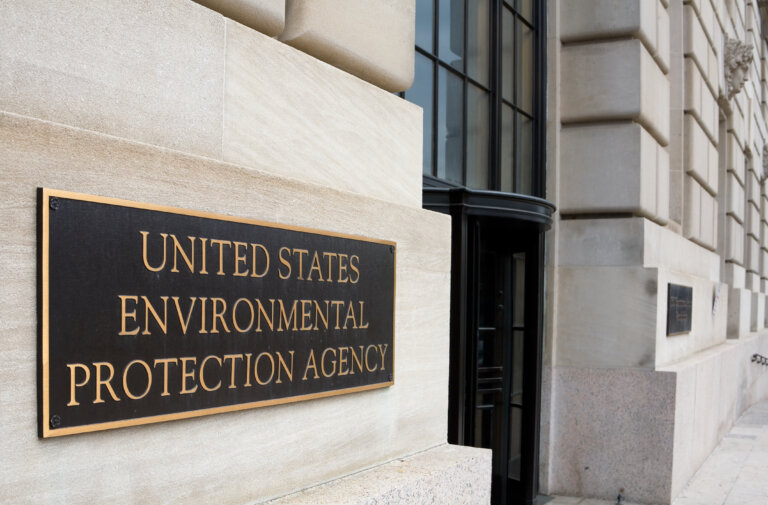The Environmental Protection Agency (EPA) has long recognized the health hazards associated with mold and water damage. These hazards can cause a variety of health issues ranging from respiratory problems to neurological damage. The EPA has developed guidelines to help homeowners, landlords, and tenants address mold and water damage in a safe and effective way.
Mold and water damage are often linked because moisture is the primary factor that promotes mold growth. Mold spores can become airborne and cause respiratory problems when they are inhaled. In addition, mold can produce mycotoxins, which can cause neurological damage in some people. The health effects of mold exposure depend on the type of mold, the amount of exposure, and the individual’s sensitivity.
The EPA’s guidelines for addressing mold and water damage focus on four key steps: identifying the source of moisture, cleaning and removing mold, fixing the source of moisture, and taking steps to prevent future mold growth. These steps are essential to address mold and water damage effectively and prevent health hazards.
Identifying the source of moisture is the first step in addressing mold and water damage. This may involve inspecting the home or building for leaks, condensation, or other sources of water damage. Once the source of moisture is identified, steps can be taken to address it.
Cleaning and removing mold is the second step in addressing mold and water damage. This may involve scrubbing surfaces with detergent and water or using specialized cleaning products designed for mold remediation. It is important to wear protective equipment, such as gloves and a mask, when cleaning up mold to prevent exposure.
Fixing the source of moisture is the third step in addressing mold and water damage. This may involve repairing leaks, improving ventilation, or reducing humidity levels. Once the source of moisture is fixed, the risk of mold growth is reduced.
Preventing future mold growth is the final step in addressing mold and water damage. This may involve using a dehumidifier, installing ventilation fans, or regularly inspecting for signs of water damage. It is important to take proactive steps to prevent mold growth to ensure the health and safety of occupants.
The EPA recommends that homeowners, landlords, and tenants take the following steps to address mold and water damage:
- Identify the source of moisture and address it promptly.
- Clean and remove mold using appropriate cleaning products.
- Fix the source of moisture to prevent future mold growth.
- Take proactive steps to prevent mold growth, such as using a dehumidifier or improving ventilation.
The EPA also recommends that individuals seek professional assistance if the mold or water damage is extensive or if they are experiencing health problems related to mold exposure. Professional mold remediation services can help to identify the source of moisture, remove mold safely, and prevent future mold growth.
In addition to its guidelines for addressing mold and water damage, the EPA also provides resources to help individuals understand the health hazards associated with mold exposure. These resources include fact sheets, videos, and other educational materials designed to help individuals recognize the signs of mold exposure and take steps to protect themselves.
In conclusion, the EPA recognizes the health hazards associated with mold and water damage and has developed guidelines to help homeowners, landlords, and tenants address these issues safely and effectively. By following these guidelines and taking proactive steps to prevent mold growth, individuals can protect themselves and their families from the health hazards associated with mold exposure.


